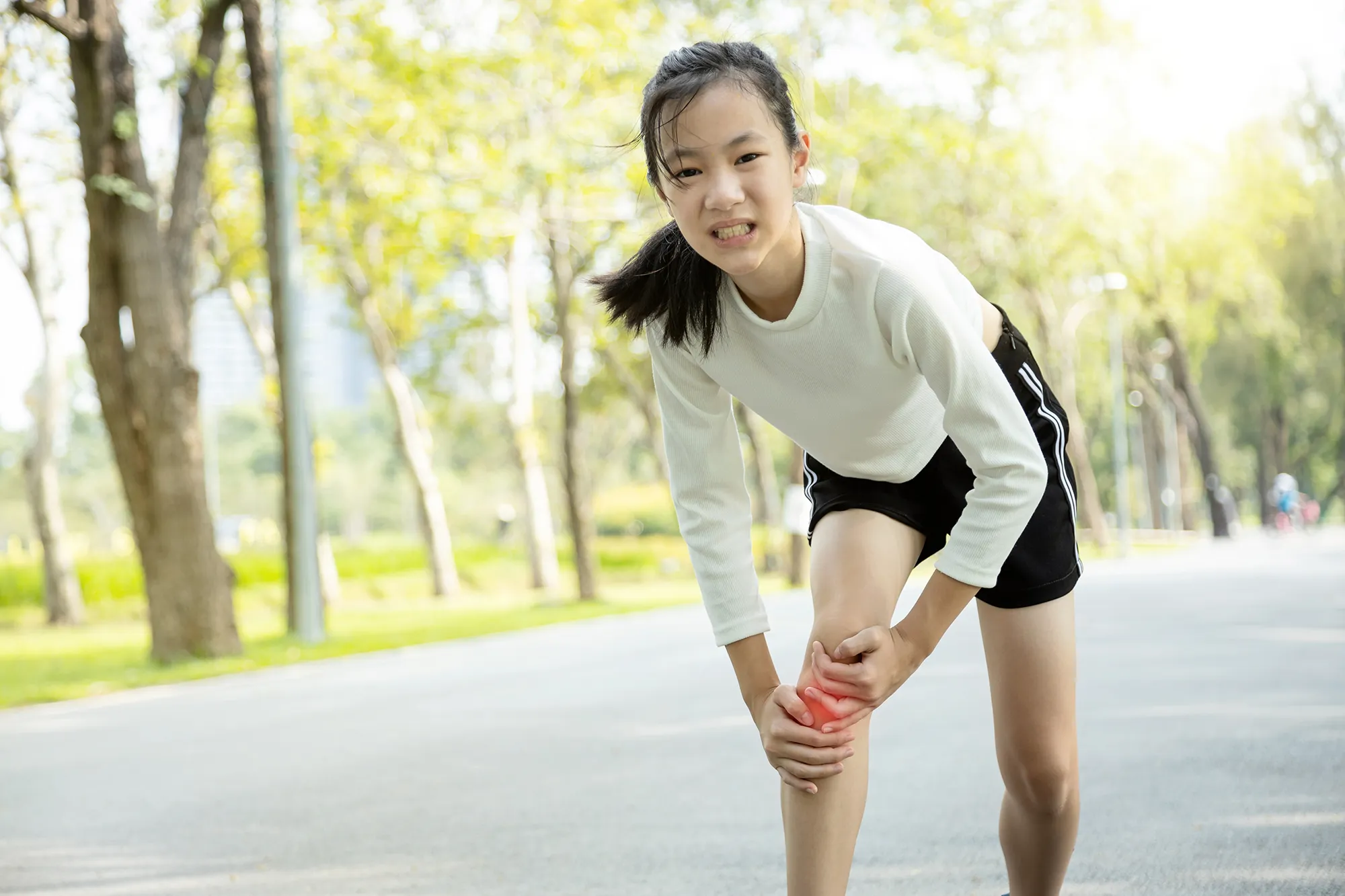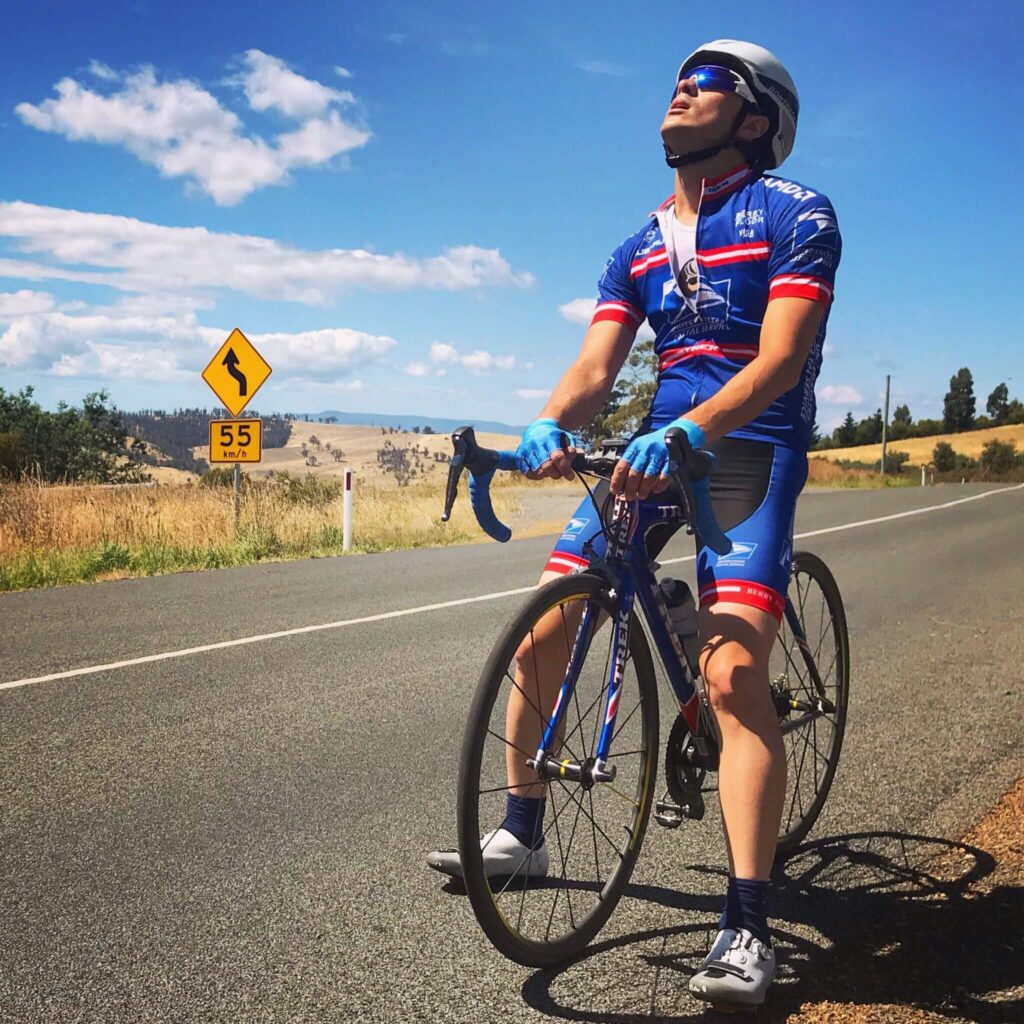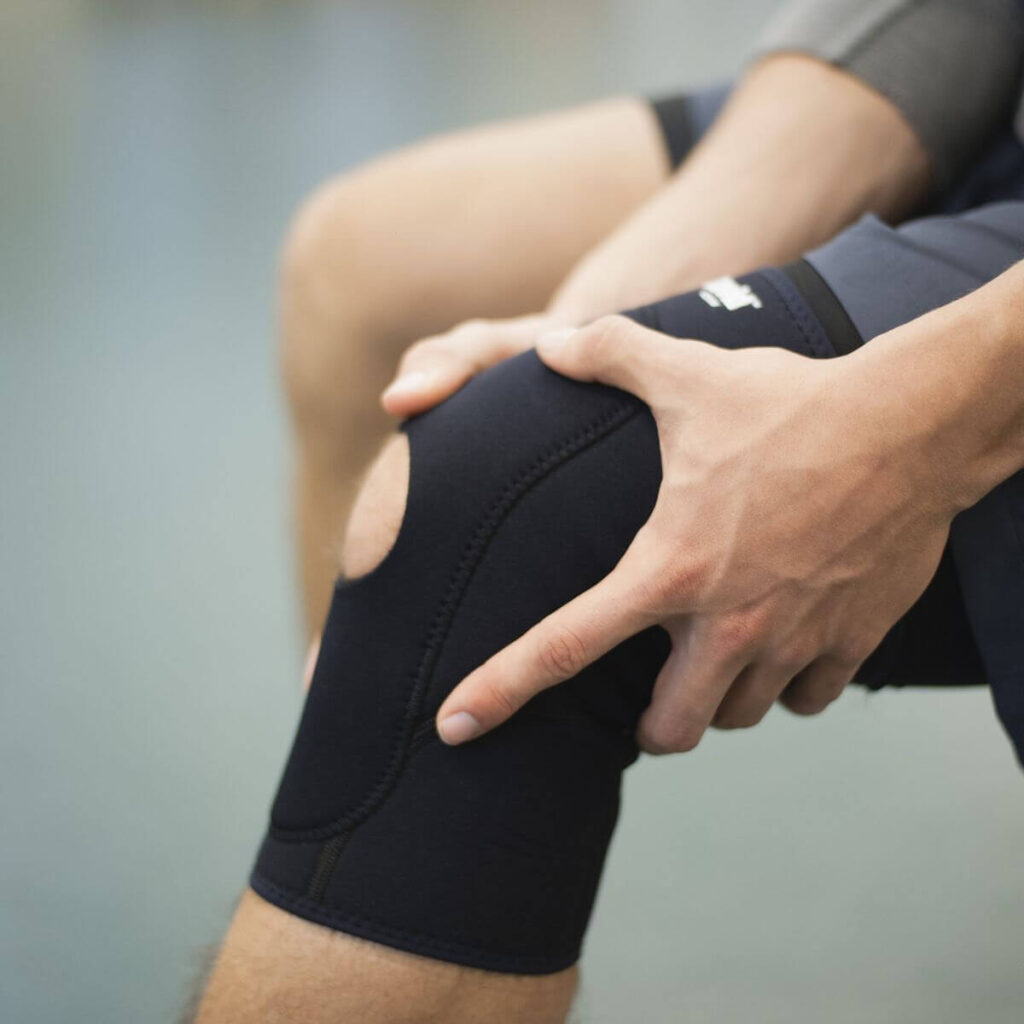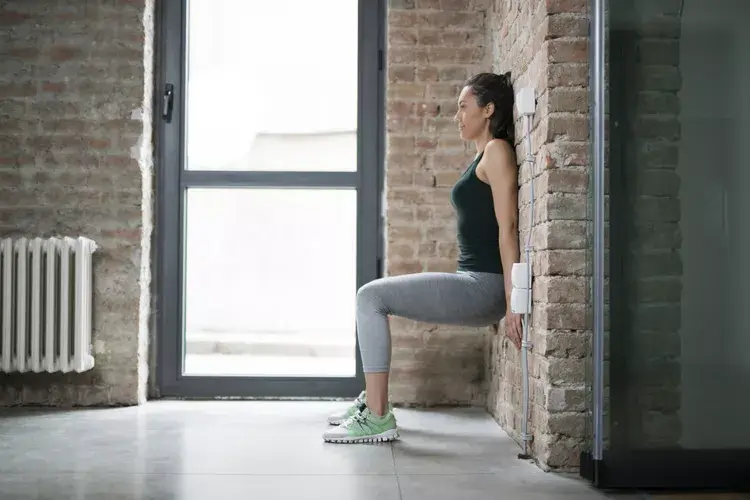Exercise is a fundamental aspect of a healthy lifestyle, offering a multitude of benefits, from enhancing physical fitness to promoting mental well-being. However, for many individuals, the desire to stay active can be hampered by one persistent and often debilitating issue – knee pain. Whether you’re an avid athlete, a casual jogger, or someone simply trying to stay in shape, knee discomfort can be a significant roadblock on your fitness journey. In our article, “Knees Hurt When Exercising? Unraveling the Pain: A Physical Therapist Explores 5 Common Causes,” we delve into the intricacies of knee pain during exercise and provide valuable insights from the perspective of a seasoned physical therapist.

Knee pain is a common complaint that affects people of all ages and fitness levels. It can range from a mild annoyance to excruciating discomfort, and if left unaddressed, it can lead to long-term complications. Our goal is to empower you with knowledge about the various reasons your knees might hurt during exercise and how to effectively manage and prevent this pain. To achieve this, we have enlisted the expertise of a dedicated physical therapist who will guide us through the five most prevalent culprits behind exercise-related knee discomfort.
Throughout this article, we will take a comprehensive approach, exploring not only the causes of knee pain but also practical solutions to mitigate it. Our aim is to demystify knee pain during exercise, providing you with the tools to confidently pursue your fitness goals while preserving the health and functionality of your knees. So, let’s embark on a journey to understand the science behind knee pain and discover how to conquer it, step by step, with the guidance of our experienced physical therapist.
Understanding the Anatomy of the Knee
Before delving into the common reasons for knee pain during exercise, it’s crucial to have a basic understanding of the knee’s complex anatomy. The knee is a hinge joint that connects the thigh bone (femur) to the shinbone (tibia). It also includes the patella, commonly known as the kneecap, which articulates with the femur. Ligaments, tendons, cartilage, and muscles work in harmony to provide stability and mobility to the knee joint.
Now, let’s explore the five most frequent factors contributing to knee pain during exercise:
1. Overuse and Overtraining
Overexertion and excessive strain on the knee joint can lead to overuse injuries. This occurs when the tissues around the knee do not have adequate time to recover and adapt to the demands of exercise. Whether you’re a dedicated runner pounding the pavement daily or a weightlifter pushing the limits in the gym, overtraining can be a significant contributor to knee discomfort.
2. Poor Biomechanics and Form
One of the most common issues leading to knee pain is improper biomechanics and form during exercise. Whether it’s a misalignment in your stride while running, inadequate squatting techniques, or improper use of exercise equipment, poor form can place undue stress on the knee joint.
3. Muscle Imbalances
Muscle imbalances, particularly around the knee, can lead to instability and pain. When certain muscle groups, like the quadriceps and hamstrings, are unevenly developed, it can result in the misalignment of the knee joint, causing pain and potential injury during exercise.
4. Previous Injuries
A history of knee injuries, such as ligament tears or meniscus damage, can leave the knee joint vulnerable to recurrent pain during exercise. Scar tissue and weakened structures can predispose the knee to further injuries and discomfort.
5. Arthritis and Age-Related Changes
Arthritis, particularly osteoarthritis, is a common cause of knee pain, especially as we age. The gradual breakdown of cartilage within the knee joint can lead to pain, swelling, and reduced mobility during exercise.
In the upcoming sections of this article, we will explore each of these factors in depth. Our physical therapist will provide valuable insights into recognizing the signs of these issues, offer practical advice on prevention and management, and suggest exercises to help alleviate knee pain.
Remember, while understanding the causes of knee pain is vital, it’s equally important to listen to your body and seek professional guidance when needed. A qualified physical therapist, orthopedic specialist, or sports medicine physician can help you diagnose the specific cause of your knee pain and tailor a treatment plan to address your unique needs.
In the next segment, we will address overuse and overtraining, shedding light on how to strike a balance between staying active and preserving the health of your knees. So, lace up your sneakers and join us as we take the first step towards healthier, pain-free knees in your exercise routine.
1. Overuse and Overtraining
Understanding the Problem:
Overuse and overtraining are often the culprits behind knee pain, and they can affect both seasoned athletes and those new to fitness. The principle here is simple: your body needs time to recover from the stresses of exercise. If you consistently push yourself without allowing sufficient rest and recovery, you may experience pain and discomfort in your knees.
Signs and Symptoms:
- Dull, persistent pain in the front or sides of the knee
- Swelling and inflammation
- Pain that worsens with exercise and eases with rest
Prevention and Management:
- Rest and Recovery: Ensure you have rest days in your exercise routine to give your knees time to recuperate. Adequate sleep, proper nutrition, and hydration are crucial for recovery.
- Cross-Training: Incorporate different types of exercises into your routine. For example, if you’re an avid runner, consider adding low-impact activities like swimming or cycling to reduce the constant strain on your knees.
- Proper Warm-Up and Cool-Down: Always warm up before exercise to prepare your muscles and joints. Cooling down after your workout helps your body recover more smoothly.
- Listen to Your Body: Pay attention to any signs of pain or discomfort and do not push through it. If you experience persistent pain, consult a healthcare professional.
2. Poor Biomechanics and Form
Understanding the Problem:
Poor biomechanics and form during exercise can lead to improper alignment and increased stress on the knee joint. This can occur in activities like running, squats, or lunges, where incorrect movement patterns put strain on the knees.
Signs and Symptoms:
- Pain that is specific to certain movements or exercises
- Instability and a feeling of wobbliness during physical activity
- Audible clicking or popping sounds in the knee
Prevention and Management:
- Educate Yourself: Learn and practice proper form for the exercises you do. Consider seeking guidance from a fitness professional or personal trainer.
- Strength and Mobility Training: Focus on strengthening the muscles around the knee joint to provide better support. Exercises that target the quadriceps, hamstrings, and glutes can be particularly helpful.
- Use Proper Footwear: Ensure you have the right shoes for your chosen activity, as appropriate footwear can aid in maintaining correct alignment.
- Balance and Stability Exercises: Include exercises that enhance your balance and stability, as these will improve your body’s overall ability to maintain proper form during exercise.
In the subsequent parts of this article, we will explore muscle imbalances, previous injuries, and the role of arthritis and age-related changes in causing knee pain during exercise. By understanding these common factors and implementing the provided guidance, you can work towards a pain-free exercise routine, supporting not only your physical well-being but also your overall quality of life.
3. Muscle Imbalances
Understanding the Problem:
Muscle imbalances around the knee joint occur when some muscle groups are stronger or more developed than others. This can disrupt the joint’s stability and alignment, leading to pain and discomfort during exercise.
Signs and Symptoms:
- Pain on one side of the knee
- Feeling like the knee is “giving way
- Difficulty with balance and coordination during physical activities
Prevention and Management:
- Strength Training: Focus on balancing muscle development around the knee. Exercises that target the quadriceps, hamstrings, and calf muscles are crucial for maintaining balance.
- Consult a Physical Therapist: A physical therapist can assess your specific muscle imbalances and provide you with a tailored exercise program to correct them.
- Stretching and Flexibility: Incorporate regular stretching to maintain joint flexibility and reduce the risk of muscle imbalances.
- Listen to Your Body: If you notice pain or discomfort, it may be a sign of muscle imbalances. Consult a healthcare professional to address the issue promptly.
4. Previous Injuries
Understanding the Problem:
A history of knee injuries, such as ligament tears or meniscus damage, can leave lasting effects on the knee joint. Scar tissue, weakened structures, and altered mechanics can predispose the knee to pain during exercise.
Signs and Symptoms:
- Recurrent pain in the same area where the injury occurred
- Instability or a sensation of the knee “giving way”
- Reduced range of motion
Prevention and Management:
- Rehabilitation: Follow a comprehensive rehabilitation program after an injury to regain strength, flexibility, and stability in the knee.
- Gradual Return to Exercise: When returning to exercise after an injury, start with low-impact activities and gradually progress to higher-impact exercises.
- Consult a Specialist: If you have a history of knee injuries, consult with an orthopedic specialist or physical therapist for guidance on managing and preventing future issues.
5. Arthritis and Age-Related Changes
Understanding the Problem:
Arthritis, particularly osteoarthritis, is a degenerative joint condition that can lead to knee pain. As we age, the cartilage that cushions the knee joint can wear down, resulting in pain, inflammation, and reduced mobility.
Signs and Symptoms:
- Gradual onset of knee pain
- Stiffness, especially in the morning or after periods of inactivity
- Swelling and a sensation of warmth in the knee
Prevention and Management:
- Low-Impact Exercise: Engage in low-impact activities like swimming or cycling to maintain joint mobility and reduce stress on the knee.
- Weight Management: Maintaining a healthy weight can significantly alleviate the strain on the knee joint.
- Medication and Injections: Consult a healthcare professional for medications or injections that can help manage arthritis symptoms.
- Physical Therapy: A physical therapist can develop an exercise program that strengthens the muscles around the knee and enhances joint stability.
In conclusion, understanding the reasons behind knee pain during exercise is pivotal to maintaining a healthy, active lifestyle. By implementing the prevention and management strategies outlined in this article, you can take proactive steps towards alleviating knee discomfort and enjoying pain-free exercise. Always remember to consult with a healthcare professional for personalized guidance, and don’t let knee pain hold you back from pursuing your fitness goals. Your knees are your body’s pillars of support, and with proper care, they can carry you through a lifetime of activity and well-being.






